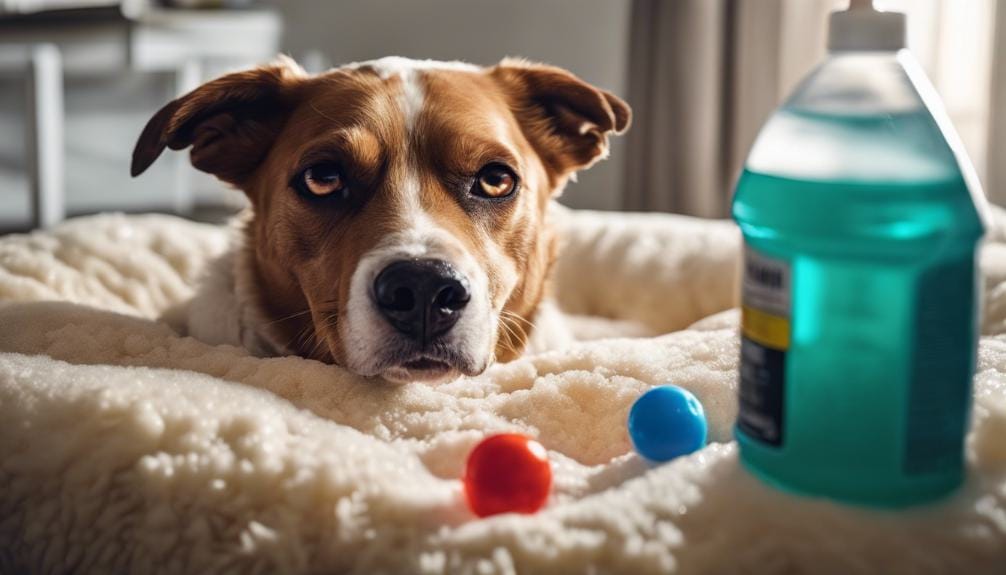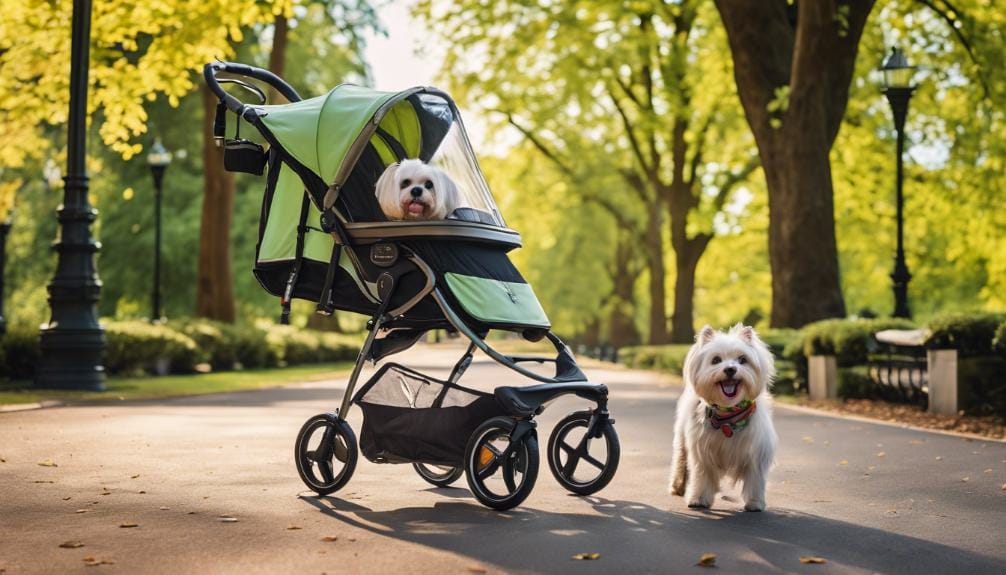Hey there, dog lovers! Are you ready to embark on a journey towards perfect obedience with your furry companion? You’ve come to the right place! In this how-to guide, I am going to share with you 10 essential commands that will transform your dog into a well-behaved and obedient friend. From sit to stay, and from come to leave it, this guide will cover all the basic commands that will not only make your life easier but also strengthen the bond between you and your four-legged buddy. So, grab your dog’s favorite treats, put on your training hat, and get ready to embark on this exciting training adventure together!
Tip 1: Teaching Sit – Start by standing in front of your dog with a treat in your hand. Hold the treat above its head so it naturally sits down to look up at it. Say “Sit” as it does so, and reward with the treat.
Tip 2: Mastering Stay – Begin by having your dog sit in front of you, then say “Stay” while holding your hand palm-out towards them. Take a small step back, and if they stay in place, immediately reward and praise them. Gradually increase the distance as they improve.
Tip 3: Perfecting Recall – First, attach a long leash to your dog’s collar and let them roam freely. Call their name in an excited tone while gently pulling the leash towards you. When they come to you, reward them with praise and a treat. Repeat frequently in different environments to reinforce this important command.
Tip 4: Nailing Down “Leave it” – Hold a treat in your closed hand and show it to your dog. Say “Leave it” as you close your hand tightly. Once they stop trying to get the treat, reward them with a different treat from your other hand. Practice this often, gradually increasing the difficulty by using items they are more tempted by.
Use positive reinforcement, reward treats, and verbal praise
Positive reinforcement is a powerful tool you can use to train your pet. To start, make sure to always provide clear instructions and be consistent in your expectations. When your pet follows a command correctly, reward them with verbal praise and a treat they enjoy. This will help them associate good behavior with positive outcomes. Remember to praise them immediately after they perform the desired action to reinforce the connection between their behavior and the reward.
Reward treats can be an effective motivator when training your pet. Find treats that your pet loves and save them exclusively for training sessions. This will make them more valuable and enticing. Break the treats into small pieces so you can offer multiple rewards without overfeeding your pet. As you give them a treat, use phrases like “good job” or “well done” to provide immediate positive feedback. This will reinforce their behavior and encourage them to continue behaving well.
Verbal praise goes a long way in training your pet. Dogs, for example, respond well to a positive, encouraging tone of voice. Use a happy and lively voice to praise them whenever they perform a desired action. Be specific with your praise, such as saying “good sit” or “great stay.” This helps your pet understand exactly what they did right. Remember to always deliver verbal praise immediately after they complete the behavior, so they can make the connection between the action and your positive feedback.
By using positive reinforcement, reward treats, and verbal praise, you can effectively train your pet. Remember to be patient and consistent in your training efforts. With time, your pet will understand what is expected of them and will be eager to please you. Enjoy the process of training and bonding with your furry friend, and soon you will see the positive results of your efforts.
5 Dog Training Exercises You Should Do EVERY DAY At Home!
Train for reliable recall by practicing in different environments
To train your dog for reliable recall, it’s important to practice in different environments. Start by finding a quiet, familiar spot like your backyard or a nearby park. Make sure your dog is on a leash and call their name in an upbeat tone. When they come to you, reward them with praise and a treat. Gradually increase the distractions by practicing in busier environments such as the beach or a crowded street. This will help your dog learn to come back to you even when there are distractions around.
Next, try practicing recall in new and unfamiliar places. Take your dog to different parks, trails, or even a friend’s backyard. Use the same technique as before, calling their name and rewarding them for coming to you. By exposing your dog to different environments, they will learn to respond to your recall command no matter where they are.
Last but not least, it’s important to practice recall during different times of the day. Dogs can behave differently in the morning, afternoon, or evening. By training at different times of the day, you’ll ensure that your dog’s recall is reliable regardless of the time. Remember to always use positive reinforcement and make training sessions fun and enjoyable for your dog. With practice in various environments and at different times, your dog will become skilled at coming back to you whenever you call.
Teach the “Leave it” command to prevent undesirable behaviors
Teaching your dog the “Leave it” command is an essential tool in preventing undesirable behaviors. To begin, find a quiet and distraction-free space, as this will help your dog focus on the training. Start by showing your dog a treat in your closed hand and say “Leave it” firmly. Your dog may try to paw at your hand or sniff it, but resist the urge to give in. Wait until your dog stops showing interest in the treat, even if just for a second, and then reward them with praise and another treat.
Next, practice the command with objects that your dog finds tempting, such as a toy or a shoe. Place the item on the ground and cover it with your hand. Once again, say “Leave it” and wait for your dog to lose interest. As soon as they do, reward them with praise and a treat. Gradually increase the difficulty by removing your hand from the object and asking your dog to leave it alone. Remember, it’s important to never scold or punish your dog during this training, as it may confuse or scare them.
As you continue to practice the “Leave it” command, you can introduce real-life scenarios where your dog might encounter something they shouldn’t touch or eat. For example, you can scatter treats on the floor and tell your dog to leave them, reinforcing the training even with distractions present. With consistency and patience, your dog will learn to ignore undesirable objects and behaviors when you give the “Leave it” command. This command can be a lifesaver when it comes to preventing your dog from ingesting harmful substances or getting into trouble around the house.
Incorporate leash training to maintain control during walks
Leash training is crucial when walking your dog. Maintaining control at all times is crucial when walking your dog. Leash training helps to ensure that your dog stays by your side during walks and doesn’t pull on the leash or wander off. In this guide, I’ll share a step-by-step process on how to incorporate leash training into your walks, so you can enjoy stress-free and safe outings with your furry friend.
Firstly, it’s important to choose the right leash and collar for your dog. Opt for a sturdy and comfortable leash that is the appropriate length for your dog’s size. Collars should fit snugly but not too tight around your dog’s neck. Once you’ve selected the right equipment, it’s time to start training. Begin in a quiet and familiar environment, such as your backyard, where there are minimal distractions. Attach the leash to your dog’s collar, holding it with a firm grip. Remember to stand tall and confident, as dogs can sense your energy.
Next, start walking forward and encourage your dog to follow you. If your dog begins to pull or stray off course, gently tug on the leash to redirect their attention back to you. Use verbal cues, such as “heel” or “walk with me,” to reinforce the training. As your dog starts to understand what is expected of them, reward them with treats and praise. Gradually increase the difficulty of the training by including more distractions, such as other dogs or people, while still reinforcing the leash training techniques. With consistency and patience, your dog will learn to walk politely by your side, giving you full control during walks.
Incorporating leash training into your walks is essential for maintaining control and ensuring the safety of both you and your dog. By following these steps and remaining consistent in your training, you’ll be able to enjoy stress-free outings with your furry companion. Remember to always use positive reinforcement and be patient with your dog as they learn. With practice, you’ll both become experts in leash training, creating a stronger bond and an enjoyable walking experience.
Conclusion
It is vital to master the following 10 essential obedience commands if you are going to improve your dog’s behavior and your relationship with your pet. A positive and enjoyable learning experience can be created for your furry friend by incorporating positive reinforcement, reward treats, and verbal praise. Training for reliable recall in different environments will ensure that your dog listens to you regardless of distractions or locations. Finally, teaching the “Leave it” command will prevent undesirable behaviors and keep your pet safe. Overall, investing time and effort into training your dog will result in a well-behaved companion that brings joy and harmony to your home. So, start implementing these commands today and witness the remarkable transformation in your dog and the overall happiness in your life.
FAQ
Q: What are the 10 essential commands to teach my dog for perfect obedience?
A: The 10 essential commands to teach your dog for perfect obedience include: Sit, Stay, Lie Down, Heel, Come, Leave It, Off, Wait, Drop it, and Speak.
Q: Why is it important to teach my dog these commands?
A: Teaching your dog these essential commands is crucial for their safety, effective communication, and maintaining control. It helps prevent behavioral issues, allows you to manage your dog in various situations, and ensures a well-behaved pet.
Q: How do I begin training my dog with these commands?
A: Start by focusing on one command at a time and practicing it in a calm environment with minimal distractions. Use positive reinforcement techniques such as treats, praise, and rewards to encourage your dog to perform the desired behavior.
Q: How long does it take to train a dog with these commands?
A: The training duration depends on various factors such as your dog’s breed, age, temperament, and previous training experiences. Some dogs may pick up commands quickly, while others may take more time. Consistency, patience, and regular practice are key to successful training.
Q: Is professional dog training necessary for teaching these commands?
A: Professional dog training is not always necessary, especially if you have experience or feel confident in training your dog. However, enrolling in obedience classes or seeking professional guidance can be beneficial, particularly for first-time dog owners or if you encounter difficulties during the training process.
Q: Can any dog learn these commands?
A: Yes, most dogs can learn these essential commands regardless of their breed, size, or age. However, it may require more effort and time for some breeds or dogs with specific characteristics.
Q: How do I teach my dog to come when called?
A: To teach your dog to come when called, start in a quiet, enclosed space. Use a happy and excited tone, call your dog’s name, and reward them with treats or praise when they come to you. Gradually increase the distance and distractions over time.
Q: How do I teach my dog to stay?
A: Begin by having your dog sit or lie down. Extend your hand towards them and say “stay” while taking a step back. If they remain in position for a few seconds, reward and praise them. Gradually increase the time and distance before giving the rewards.
Q: How can I make training sessions more interesting for my dog?
A: To make training sessions more engaging, use a variety of treats, toys, or praise as rewards. Incorporate fun activities, such as playing games or using interactive toys, to keep your dog motivated and interested in the training process. Short and frequent sessions work better than long, monotonous ones.
Q: What should I do if my dog doesn’t respond to a command?
A: If your dog doesn’t respond to a command, evaluate the possible reasons. Ensure there are no distractions, be consistent with the command’s wording and hand signals, and consider adjusting your training techniques. Seek professional advice if your dog consistently fails to respond to commands even with proper training.





Leave a Reply
You must be logged in to post a comment.